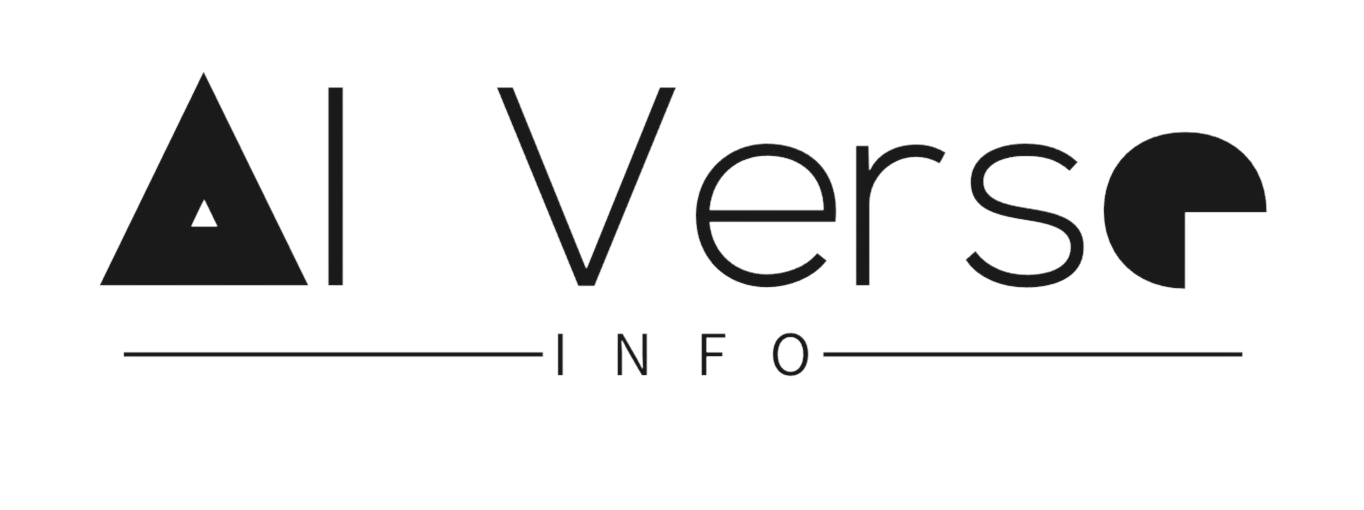There have been many numerous language models until now, but not many of them have excelled in mathematical operations except some few like LLEMMA and Google’s Minerva . Many fell short when it came to tackling math problems.
While models like ChatGPT and LLama2 are making a big impact on day to day tasks . The reason they’re so good is that they start with a really strong language base. This base is built by training the computer with lots of different and high-quality information from places like Wikipedia, science papers, forums, Github and the internet. But they are not very well versed with solving mathematical problems due to the fact that these datasets used to train them don’t have high quality mathematical material.
Meet MathPile- a high quality pre training corpus for mathematics
MATHPILE, a 9.5 billion-token-scale pretraining corpus for math, developed by Zengzhi Wang, Rui Xia, and Pengfei Liu from Shanghai Jiao Tong University, Shanghai Artificial Intelligence Laboratory, and Nanjing University of Science and Technology. The corpus is designed to be a high-quality, diverse, and math-centric resource aimed at enhancing the mathematical reasoning abilities of language models, making it one of the largest math-focused datasets available. This extensive scale enables comprehensive coverage of various mathematical topics, ranging from fundamental algebra to advanced areas like topology and number theory.
The content diversity within MathPile is it’s strength. By aggregating data from textbooks, research papers, online forums, code repositories, and educational materials, MathPile captures a broad spectrum of writing styles and mathematical complexities. This diversity not only enriches the dataset but also ensures that AI models trained on MathPile can adeptly handle various mathematical tasks.
It draws quality mathematical information from a wide range of sources: lecture notes, arXiv, Wikipedia, ProofWiki, StackExchange and Web Pages. This resulted in a collection of 38 K-12 level textbooks, 369 college-level mathematics textbooks, and 467 college course handouts and lecture notes covering a wide range of subjects such as linear algebra, probability theory, calculus, and optimization.
Content and Structure
MathPile follows the idea of “quality over quantity,” putting more importance on having good data rather than a lot of data, even in the early training stages. The process of collecting and preparing the data involves various steps like organizing, identifying languages, cleaning up, and getting rid of duplicates to make sure the dataset is top-notch. They have also checked meticulously for any duplicate information in the test sets to make sure everything is clean and accurate.
MathPile is different from what came before in a few ways. Other datasets that were shared before usually focused on general topics or different languages or programming stuff. But none of them were made specifically for math. Some datasets are made for training language models that understand math (like Minerva and OpenAI’s MathMix), but those aren’t open for everyone to use.
Potential, Applications and Impact
The applications of MathPile are vast and transformative. AI-powered math problem solving, automated theorem proving, generation of math explanations and educational materials, and improved natural language processing for mathematical language are among the potential outcomes. The sheer breadth of possibilities positions MathPile as a catalyst for innovation in fields ranging from scientific research to financial modeling.
AI-powered Math Problem Solving: By learning from MathPile, AI models can tackle complex mathematical problems with heightened accuracy and efficiency, potentially outperforming traditional methods.
Theorem Proving Automation: It can serves as a key resource for developing AI systems that can automate the process of proving mathematical theorems, accelerating research and discovery in various scientific fields.
Advanced Learning Resources: It’s potential to generate personalized learning materials holds promise for revolutionizing education. Tailored to individual students’ needs and understanding levels, these resources can enhance the learning experience and outcomes.
Natural Language Processing for Math: The dataset’s contribution to the development of AI systems that understand and process mathematical language fosters improved communication between humans and machines in the mathematical domain.
To sum up, MathPile is a huge step forward in making a foundation for teaching models about math. The dedication to quality, diversity, and ongoing expansion positions these corpora as pivotal resources for researchers and developers.






